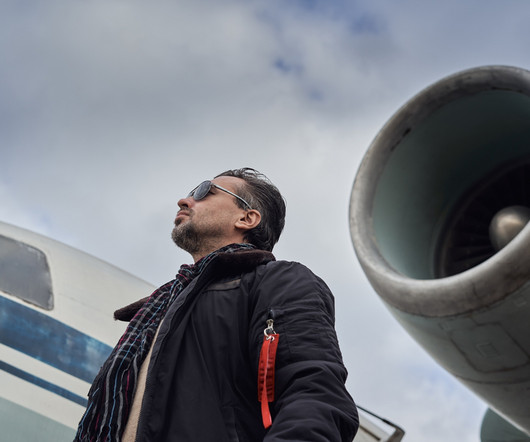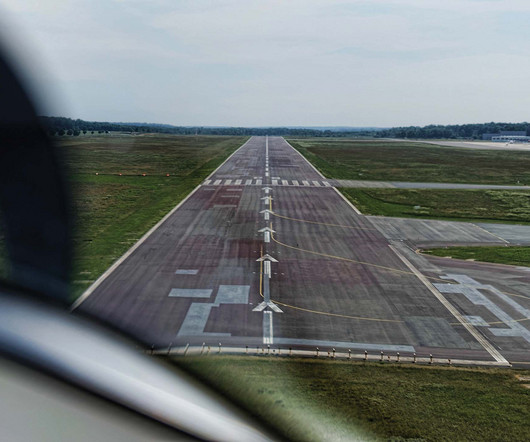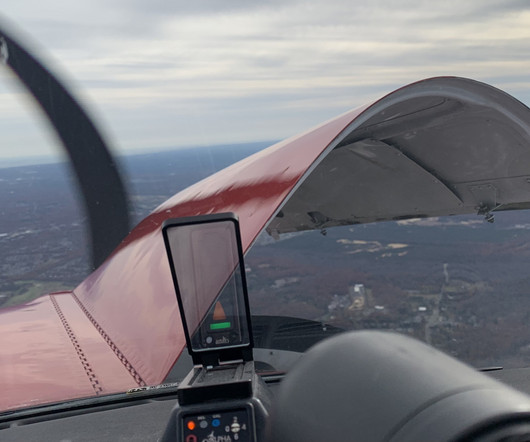Cessna Skyhawk C172: Features, Performance, and Flight Experience
Airspeed Junkie
AUGUST 2, 2024
The reliability of the Cessna 172 shines through in various flight conditions, including crosswinds and turbulence. The Cessna 172 has a maximum takeoff weight of 2,400 pounds, a service ceiling of 13,000 feet, a maximum speed of 123 knots, a stall speed of approximately 47 knots, and a rate of climb of 700 feet per minute.













Let's personalize your content